- What is HDPE and What Are Its Benefits?
- Understanding HDPE Pipe Temperature Ratings
- HDPE Pipe Behavior in Different Temperature Ranges
- Maximum and Minimum Operating Temperatures for HDPE Pipes
- Factors that Influence HDPE Pipe Temperature Ratings
- How Temperature Affects HDPE Pipe Lifespan and Performance
- Real-World Applications: HDPE Pipes in Extreme Temperatures
- Best Practices for Selecting HDPE Pipes Based on Temperature Ratings
- Future Developments in HDPE Technology and Temperature Resistance
High-density polyethylene (HDPE) pipes have become indispensable in industries such as water supply, gas distribution, and industrial piping due to their flexibility, durability, and corrosion resistance. However, understanding the HDPE pipe temperature rating is crucial for ensuring optimal performance in varying environmental conditions. HDPE pipes behave differently at extreme temperatures, and selecting the right pipe with the correct temperature rating HDPE can prevent issues such as brittleness or reduced pressure resistance. This article will explore HDPE pipe temperature ratings and how they affect performance, lifespan, and suitability for different applications.
What is HDPE and What Are Its Benefits?
HDPE, or High-Density Polyethylene, is a thermoplastic polymer known for its high strength-to-density ratio. Due to its long-lasting durability, flexibility, and resistance to corrosion and chemicals, HDPE pipes are widely used in numerous industries.
Some key benefits of HDPE pipes include:
- Flexibility: HDPE pipes can withstand bending without breaking, making them ideal for various terrains.
- Durability: HDPE pipes have a long lifespan, often exceeding 50 years, due to their resistance to rust, chemicals, and environmental stress.
- Corrosion Resistance: Unlike metal pipes, HDPE pipes are impervious to rust and can resist chemical exposure, which is vital in industries such as mining, water treatment, and chemical processing.
Common industries that rely on HDPE pipes include water supply systems, gas distribution networks, and industrial applications where durable, chemical-resistant piping is required.
Understanding HDPE Pipe Temperature Ratings
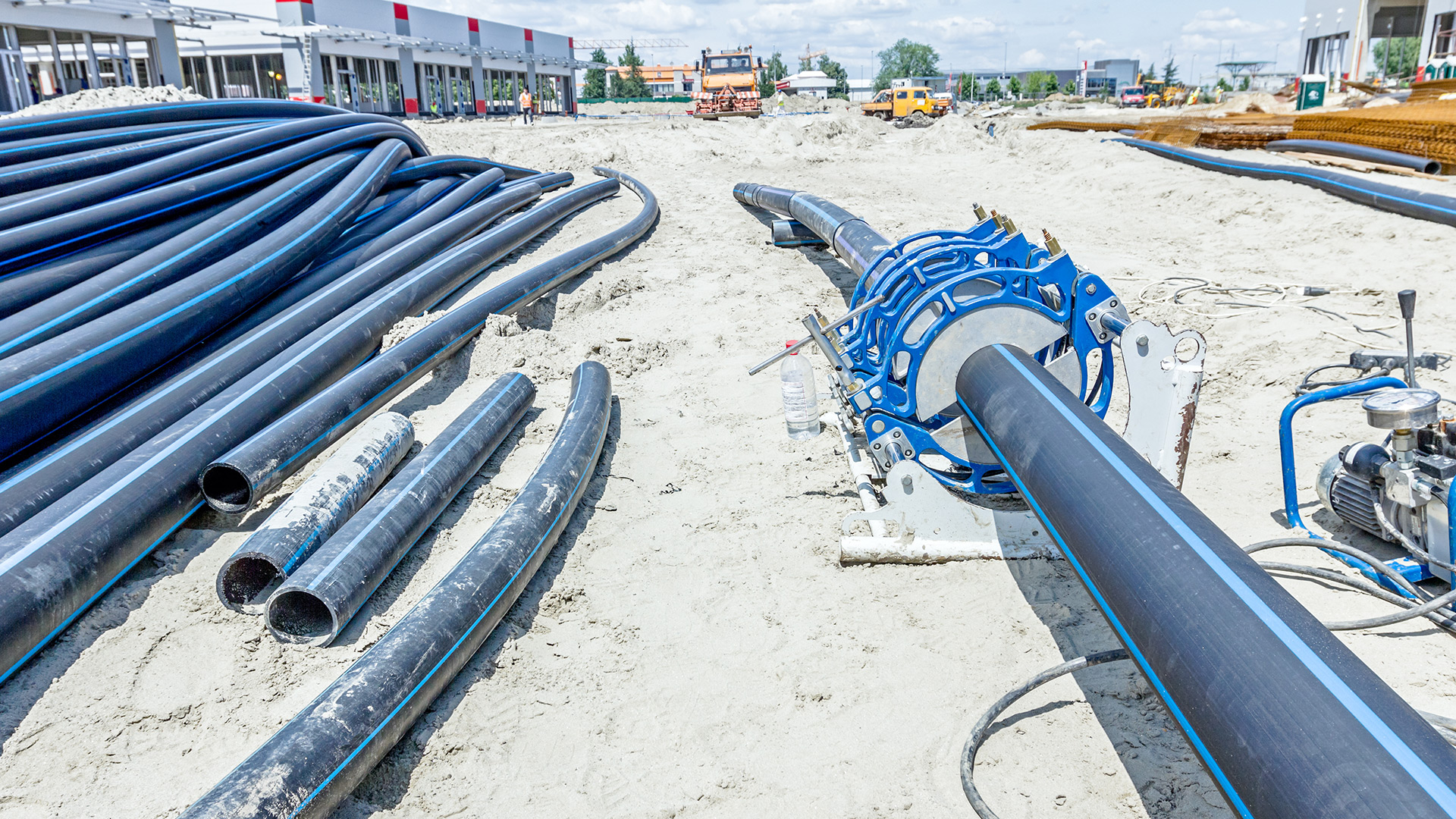
An HDPE pipe temperature rating refers to the range of temperatures within which the pipe can safely operate without compromising its structural integrity or performance. These ratings are based on the physical properties of the material and are determined through standardized testing methods that assess the pipe’s behavior under various temperature conditions.
Temperature ratings for HDPE pipes are crucial because they indicate how the pipe will react when exposed to high or low temperatures. For example, HDPE pipes can expand or contract when subjected to temperature fluctuations, and pressure ratings may decrease as temperatures rise. Understanding these ratings is essential when choosing HDPE pipes for specific applications.
HDPE Pipe Behavior in Different Temperature Ranges
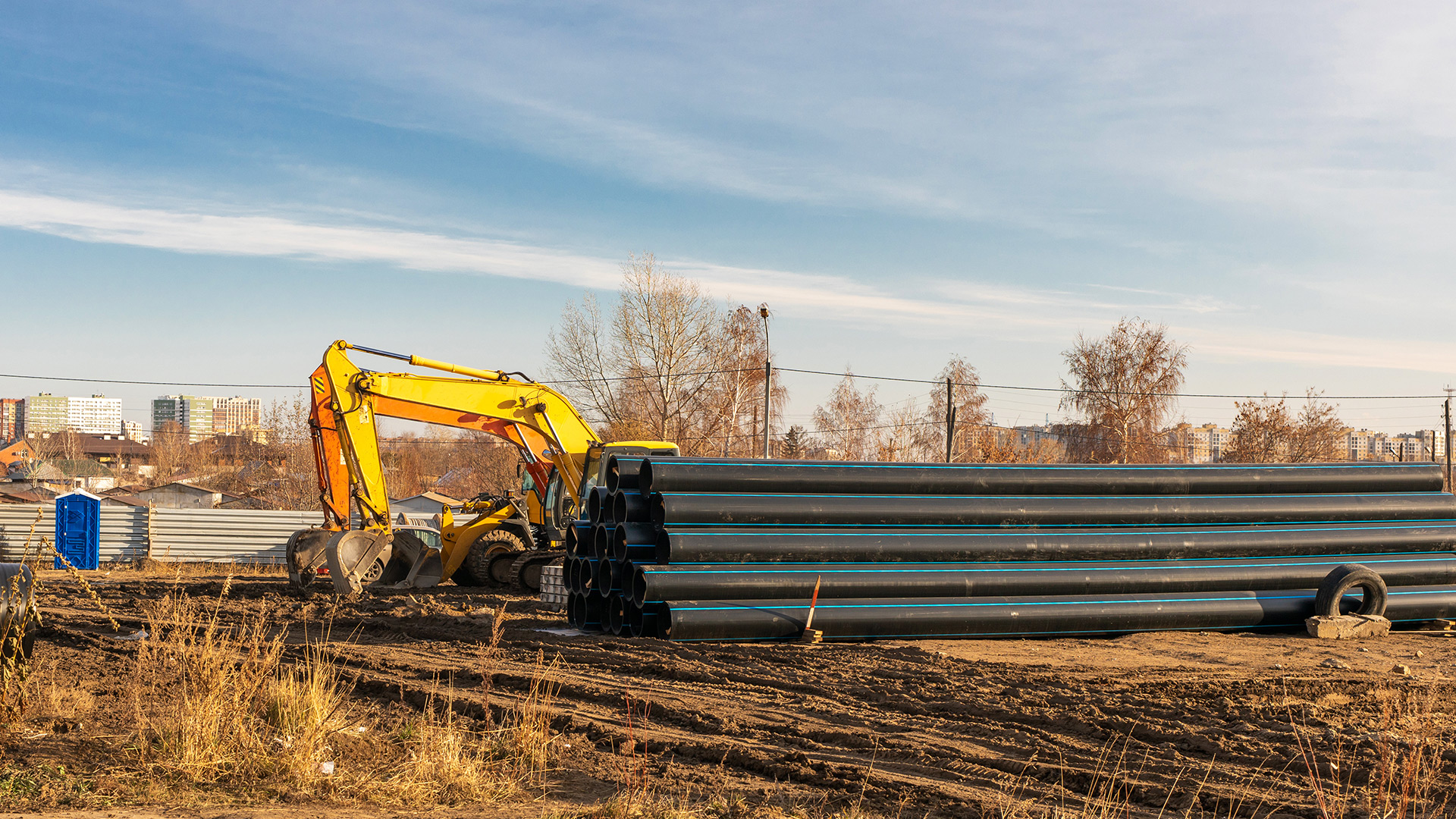
Low-Temperature Performance
HDPE pipes are well-suited for use in cold climates. However, when temperatures drop below freezing, the pipes may become more rigid and brittle. Although HDPE pipes can handle subzero temperatures, prolonged exposure may result in reduced flexibility and an increased likelihood of cracking under stress.
High-Temperature Performance
HDPE pipes can also function in hot environments, but high temperature HDPE pipe may experience softening, reducing its pressure resistance. As the temperature approaches the upper limit of the pipe’s rating, which is typically around 60°C, the pipe may experience deformation or a decline in its ability to withstand pressure, leading to performance issues.
Maximum and Minimum Operating Temperatures for HDPE Pipes
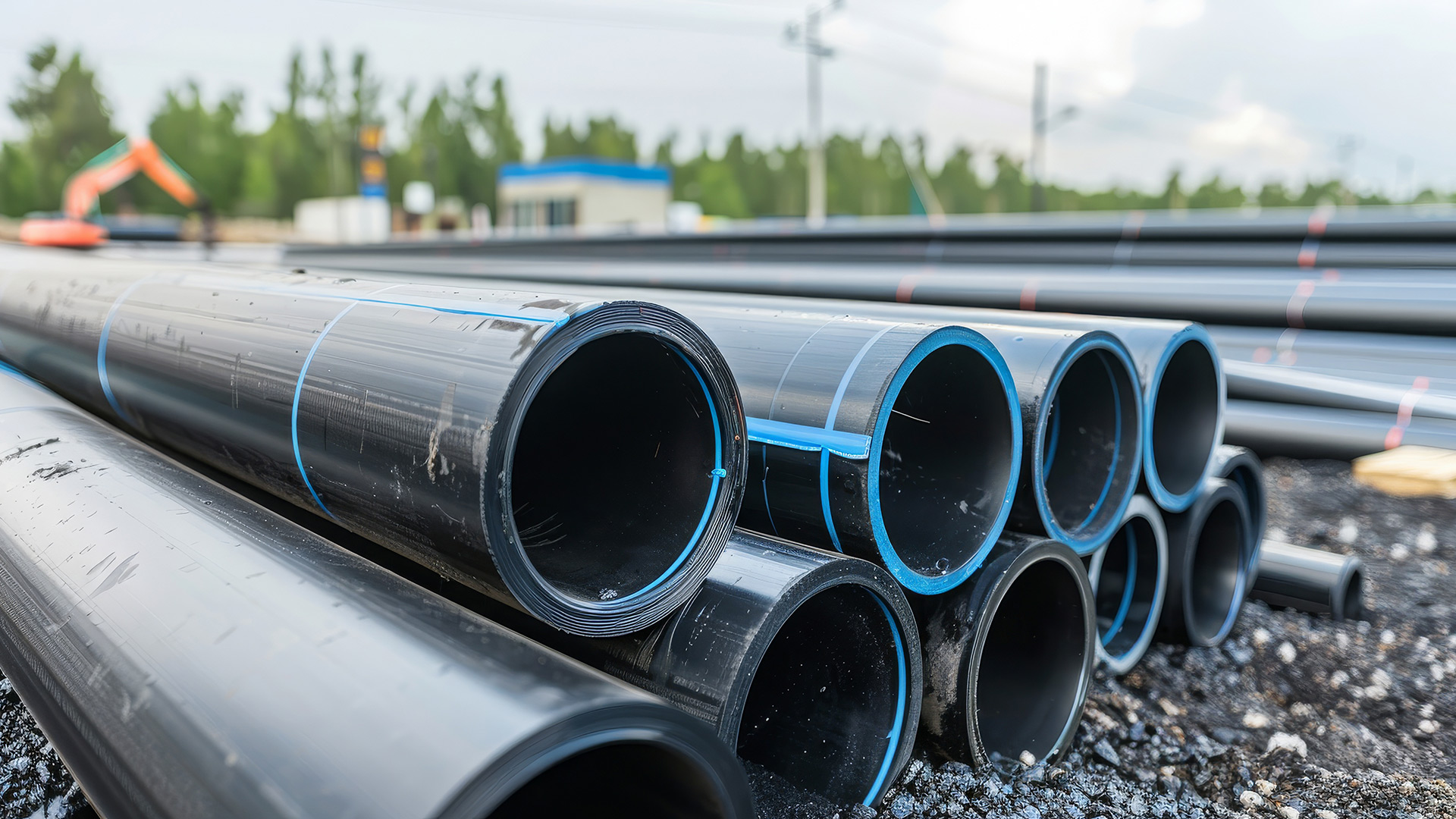
The standard operating temperature rating for HDPE pipes generally falls between -40°C and 60°C. However, the actual temperature limits vary based on the grade of HDPE material used in the pipe and its application.
Low Temperatures: HDPE pipes can typically function at temperatures as low as -40°C, though care should be taken to minimize mechanical stress during freezing conditions.
High Temperatures: High temperature HDPE pipe can operate up to a maximum temperature of around 60°C. Above this temperature, pressure ratings may decrease significantly, and deformation may occur.
Temperature changes also affect pressure ratings (PN ratings). For instance, a pipe with a PN10 rating (which indicates a pressure capacity of 10 bar at 20°C) may have a lower pressure capacity at higher temperatures.
Factors that Influence HDPE Pipe Temperature Ratings
Several factors influence the HDPE pipe temperature rating:
- Material Grade: The HDPE material used in the pipe (such as PE 63, PE 80, or PE 100) affects its temperature performance. Higher-grade materials typically have better temperature resistance.
Wall Thickness and Pressure Rating: Thicker-walled pipes with higher PN ratings are generally better suited for extreme temperature conditions. - Environmental Factors: External factors such as UV exposure, soil temperature, and insulation can influence the pipe’s temperature resistance. HDPE pipes exposed to direct sunlight may experience higher surface temperatures, which can reduce their pressure ratings.
How Temperature Affects HDPE Pipe Lifespan and Performance
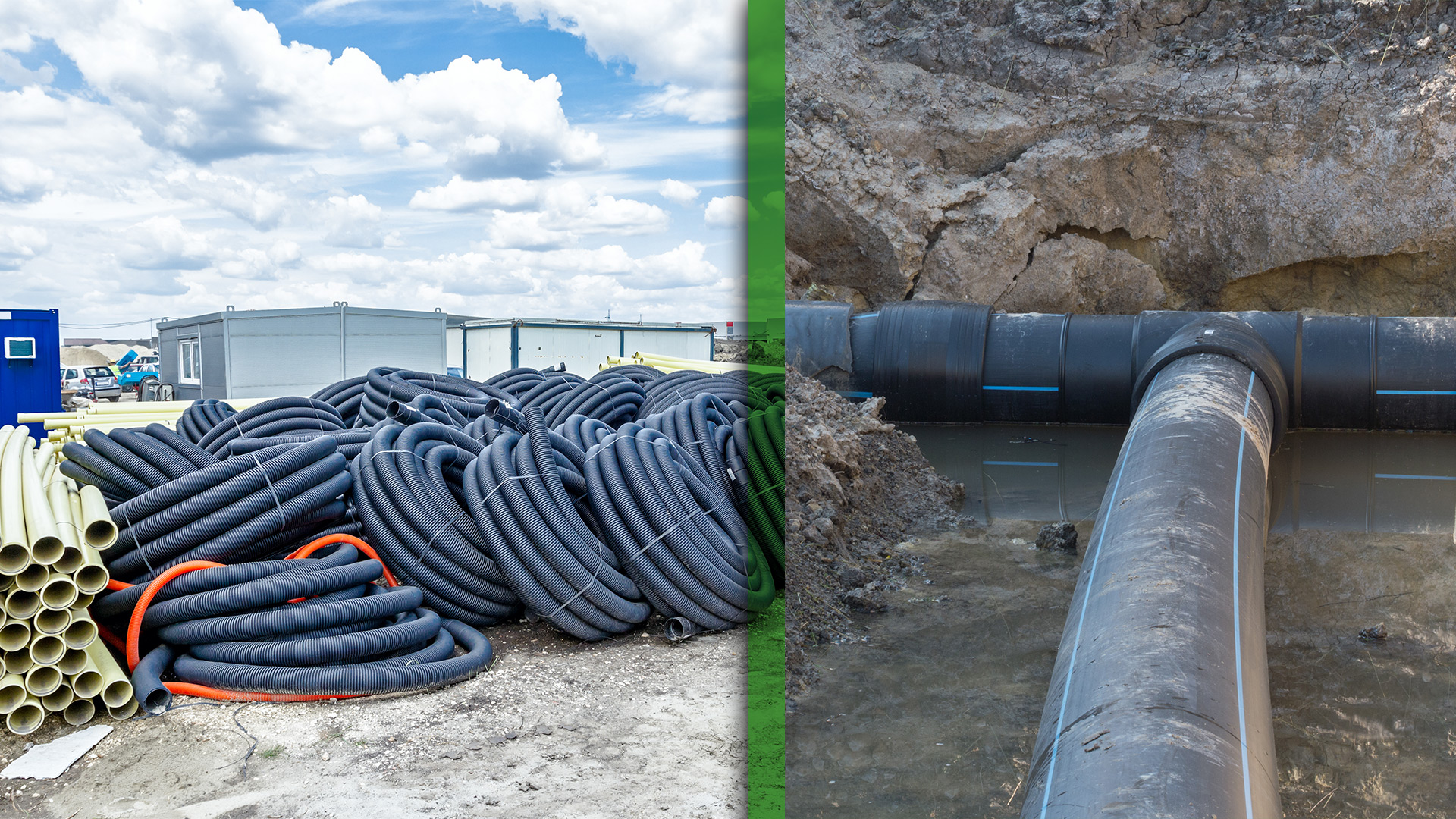
Temperature variations can significantly impact the lifespan and performance of HDPE pipes.
- Thermal Expansion and Contraction: HDPE pipes expand and contract with temperature changes, which can lead to structural stress if not properly accounted for. Installing expansion joints or allowing sufficient slack in the pipeline can help manage this issue.
- Longevity: Prolonged exposure to temperatures beyond the recommended range can lead to material degradation, reducing the pipe’s service life. Proper insulation and temperature management can help mitigate these risks.
Real-World Applications: HDPE Pipes in Extreme Temperatures
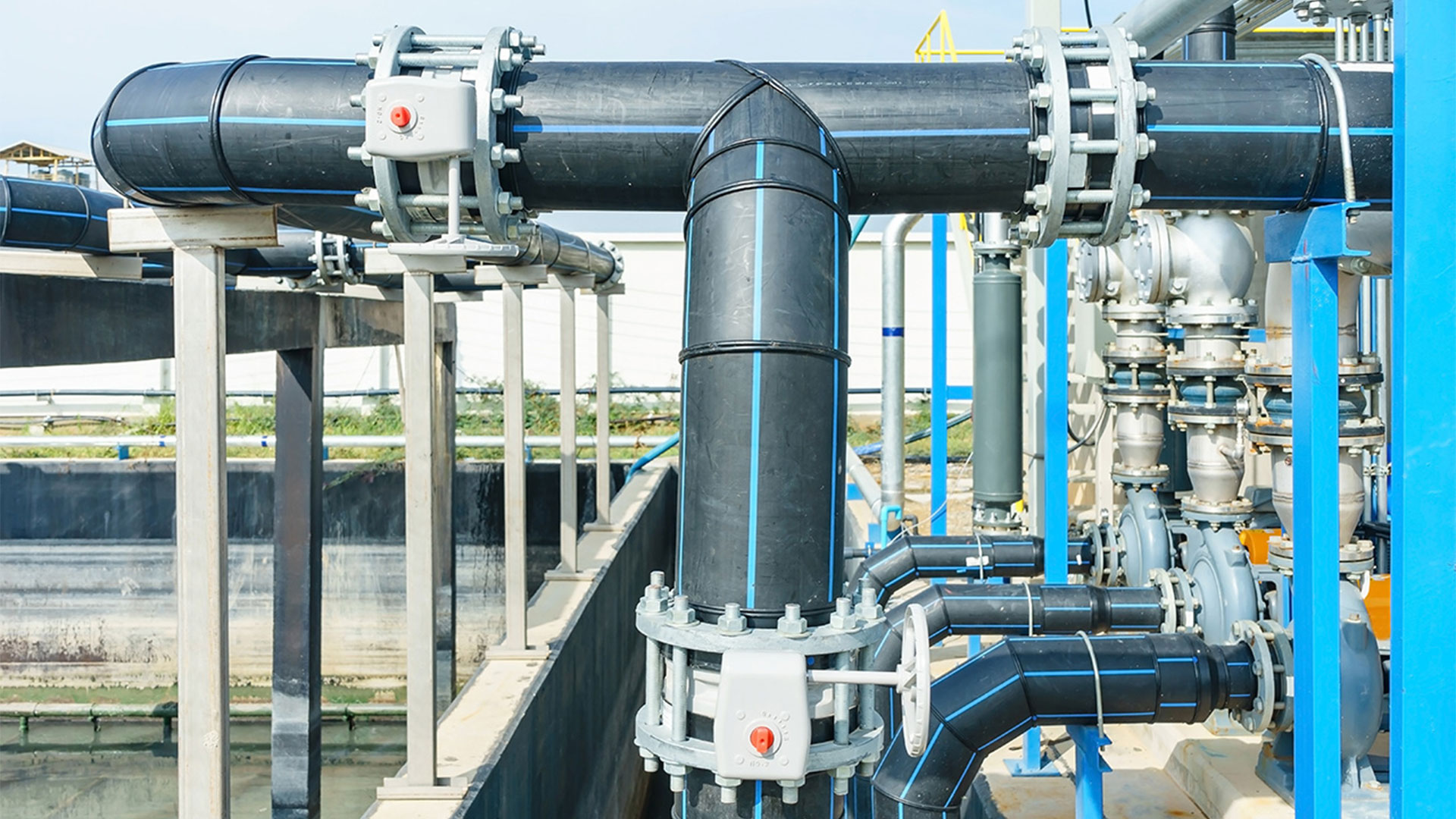
HDPE pipes are frequently used in environments with extreme temperature conditions, such as gas distribution networks in arctic climates or water supply systems in desert regions.
For example:
Cold Climates: In arctic regions, HDPE pipes are used for gas distribution due to their ability to handle subzero temperatures. However, appropriate insulation and jointing techniques are used to prevent stress cracking.
Hot Climates: In industrial applications within desert environments, high temperature HDPE pipe is insulated to protect against high surface temperatures that could weaken the pipe material.
Best Practices for Selecting HDPE Pipes Based on Temperature Ratings
When selecting HDPE pipes for temperature-sensitive applications, consider the following best practices:
Determine the operating temperature range: Ensure the pipe is rated for the maximum and minimum temperatures it will be exposed to.
Ask suppliers about temperature ratings: Verify the material grade and pressure ratings with your supplier, especially for extreme conditions.
Proper installation techniques: Ensure that pipes are installed with considerations for thermal expansion and contraction. Insulation and protective coatings may also be necessary in environments with fluctuating temperatures.
Future Developments in HDPE Technology and Temperature Resistance
Advances in HDPE technology are continuously improving temperature resistance. New material formulations and manufacturing techniques are enhancing the performance of HDPE pipes, making them suitable for even more extreme environments. As industries demand higher performance from their piping systems, future trends may focus on high temperature HDPE pipe capable of operating in even wider temperature ranges.
Conclusion
Understanding the HDPE pipe temperature rating is essential for ensuring their longevity and performance in various applications. Whether in extreme cold or hot conditions, selecting the right pipe for the job based on its temperature rating HDPE can prevent failures and enhance operational efficiency. Always consult with experts or suppliers to choose the most suitable HDPE pipe for your project, especially when temperature extremes are involved.


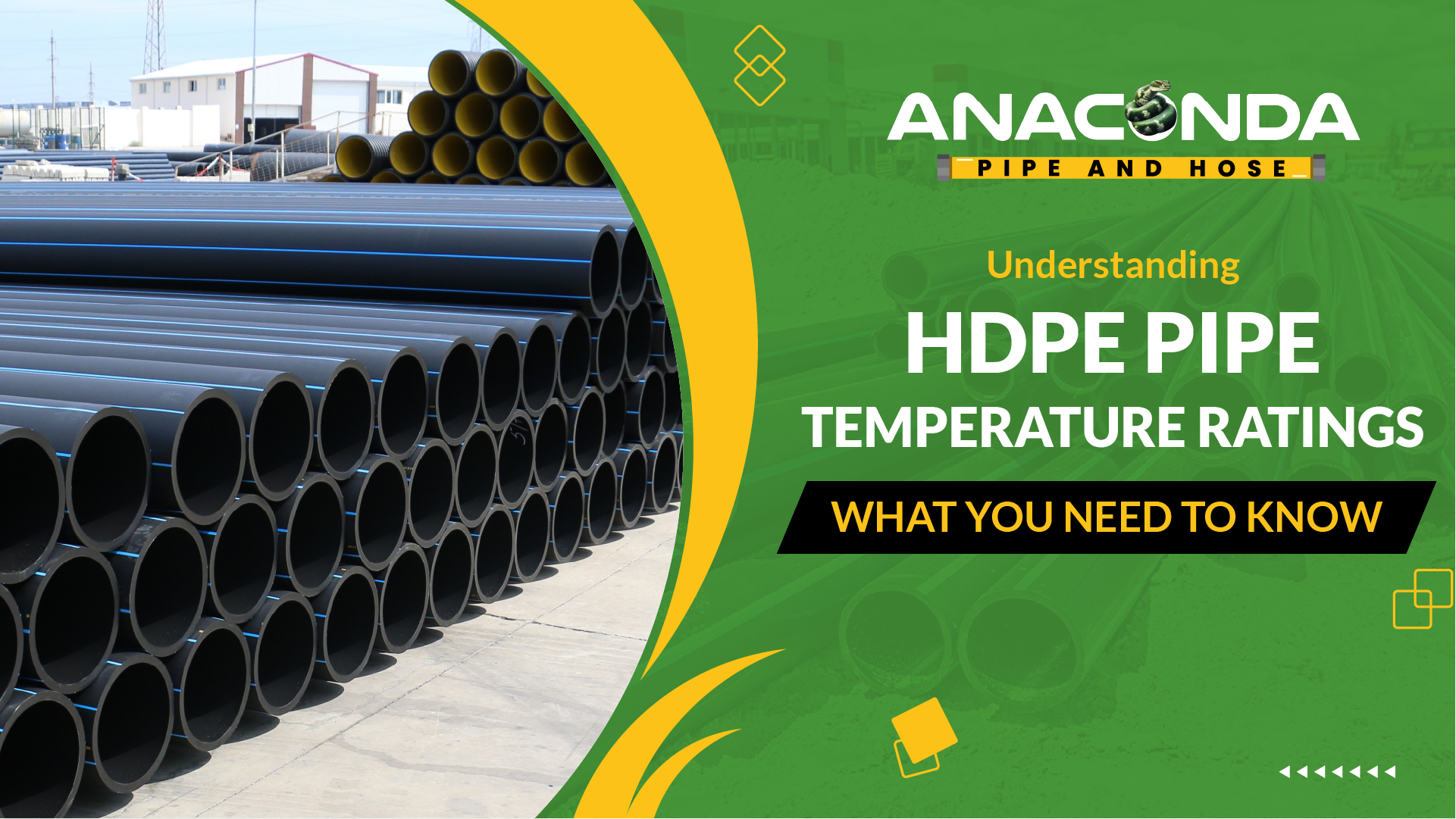

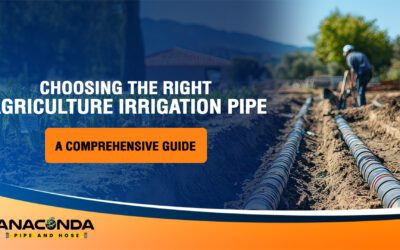
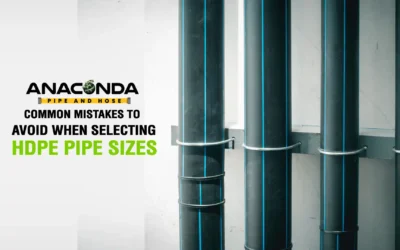
0 Comments